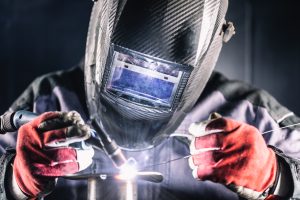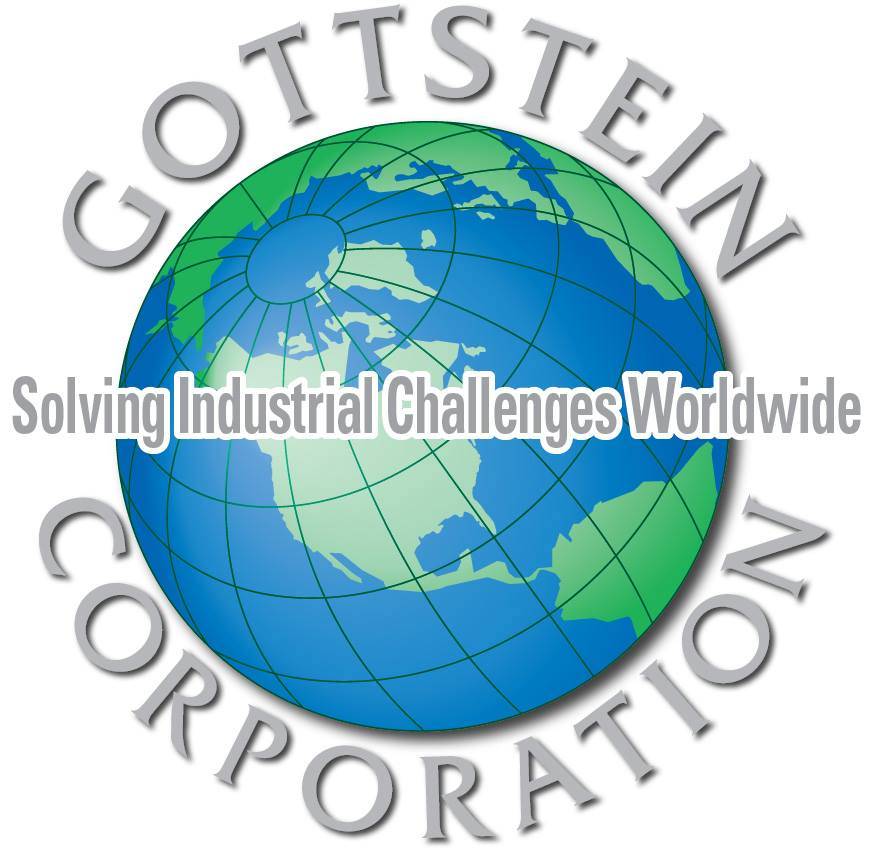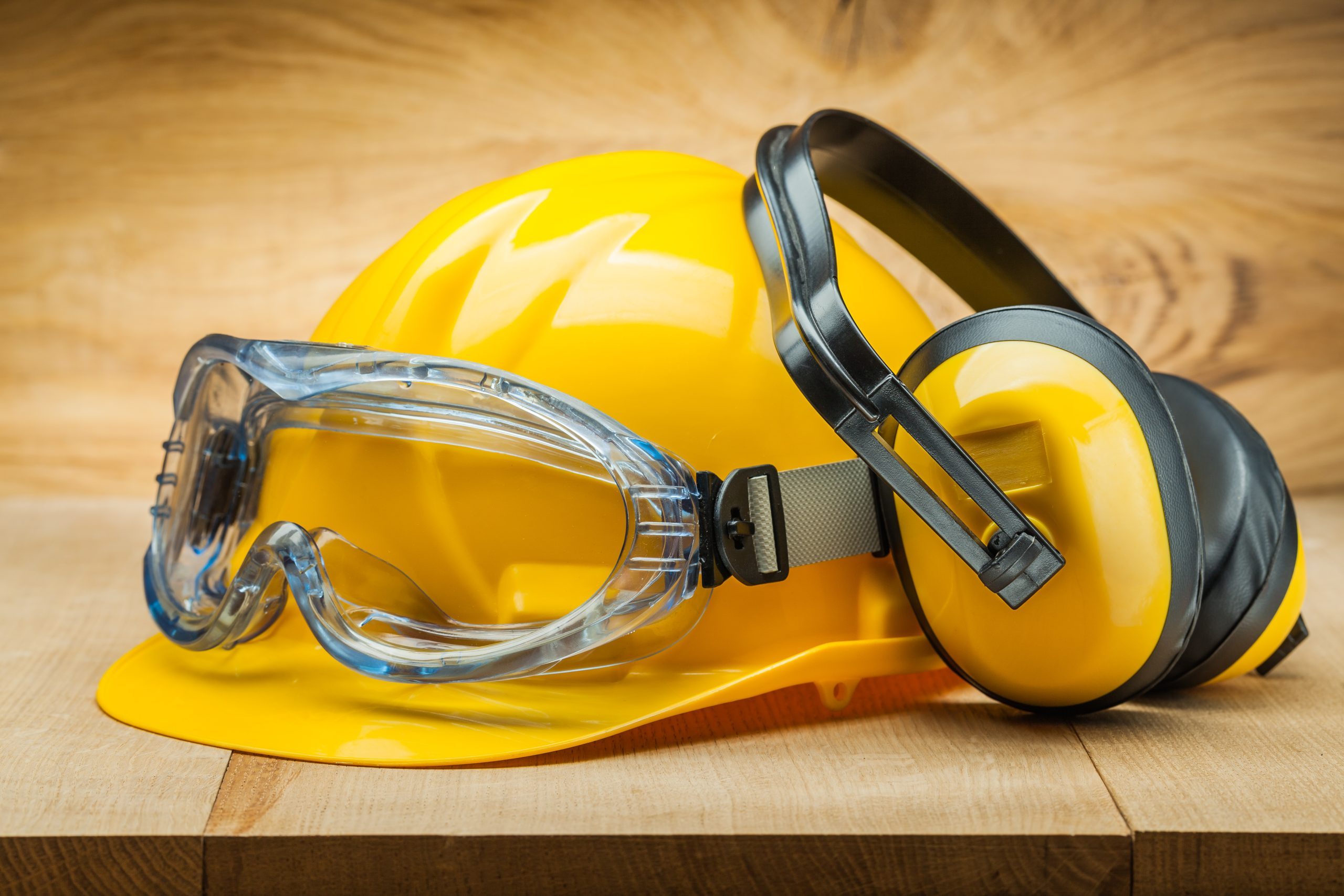Eye and Face Protection Guide For Industrial Workers
Eye and face protection is crucial for your team’s safety and the efficient running of your manufacturing facility. The eyes and face are two of the most sensitive parts of the body, and they can be easily injured by flying objects, chemicals, and other hazards. Eye injuries can cause pain, vision loss, and even blindness. Face injuries can also be serious, and they can even be fatal.
The dangers of not wearing eye protection in a factory or industrial environment are many. Reducing the risk of injury to your employees eyes and face is a crucial part of running a safe industrial facility. Some of the most common hazards that workers in industrial settings face include:
● Flying objects
● Molten metal
● Liquid chemicals
● Acids or caustic liquids
● Chemical gasses or vapors
● Potentially injurious light radiation
Workers who are exposed to any of these hazards should wear appropriate eye and face protection. In this article we will look at the most common causes of eye and face injuries, and several ways to reduce the risks of injury.
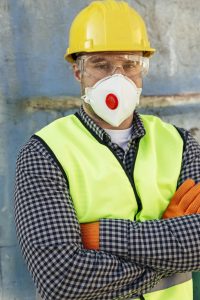
Most Common Eye and Face Injuries
Some of the most common hazards in factories that can cause eye injuries include:
● Flying objects: this can include metal chips, wood chips, dust, and other small particles.
● Chemicals: eye injuries can be caused if chemicals splash into the eyes or if they are vaporized and inhaled. Chemicals can cause burns, irritation, and even blindness.
● Radiation: welding torches, lasers, and other sources can cause eye injuries. Radiation can cause burns, cataracts, and even blindness.
● Heat: machinery, welding torches, and other heat sources can cause eye injuries. Heat can cause burns to the eyes and eyelids.
● Sharp objects: knives, saws, and needles, can cause eye injuries if they are accidentally poked into the eyes.
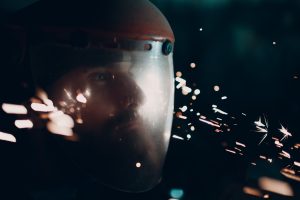
How Eye and Face Protection Helps Avoid Injury
By wearing eye protection, workers can help to prevent serious eye injuries. The following are some of the most common types of eye protection used in factories:
● Safety glasses: Safety glasses are the most basic type of eye protection. They typically have clear lenses that protect the eyes from flying objects and other small particles.
● Goggles: Goggles provide more protection than safety glasses, as they cover the entire eye area, including the sides.
● Face shields: Face shields provide even more protection than goggles, as they cover the entire face, including the eyes, nose, and mouth.
● Welding helmets: Welding helmets are specifically designed to protect the eyes from the harmful rays emitted by welding torches.
It is important to choose the right type of eye protection for the specific hazards that a worker is exposed to. Workers should also make sure that their eye protection is in good condition and fits properly. Improper fit can allow harmful objects or substances to enter the eyes, defeating the purpose of the protection.
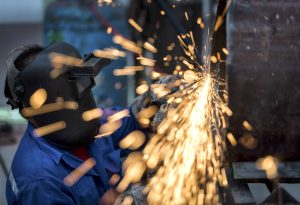
Protecting Your Employees from Eye and Face Injuries
Employers have a legal obligation to provide their employees with the appropriate eye and face protection. Employees also have a responsibility to wear the protection that is provided to them. By following these simple industrial safety precautions, people can help to prevent serious eye injuries.
Here are some additional tips for selecting and using eye and face protection:
● Choose eye and face protection that is appropriate for the specific hazards that you are exposed to.
● Make sure that the eye and face protection fits properly.
● Inspect the eye and face protection regularly for signs of damage.
● Replace eye and face protection that is damaged or worn out.
● Do not wear contact lenses when working in environments where there is a risk of eye injury.
Eye and face protection is essential for workers in industrial settings. There are many different types of eye and face protection available, and the type that is best for a particular worker will depend on the specific hazards they are exposed to.
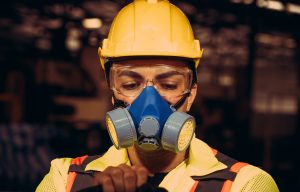
A Safer Workplace Means Better Productivity
There are many reasons why a safer workplace means more productivity. Here are a few of the most important ones:
● Reduced absenteeism. When employees feel safe at work, they are less likely to miss work due to illness or injury. They are also less likely to come to work while they are sick or injured, which can lead to decreased productivity.
● Increased morale and motivation. Employees who feel safe at work are more likely to be happy and motivated. This can lead to increased productivity, as employees are more likely to be engaged in their work and to go above and beyond.
● Improved decision-making. Employees who feel safe at work are more likely to be able to focus on their work and to make sound decisions. This can lead to increased productivity, as employees are less likely to make mistakes that can cost the company time and money.
